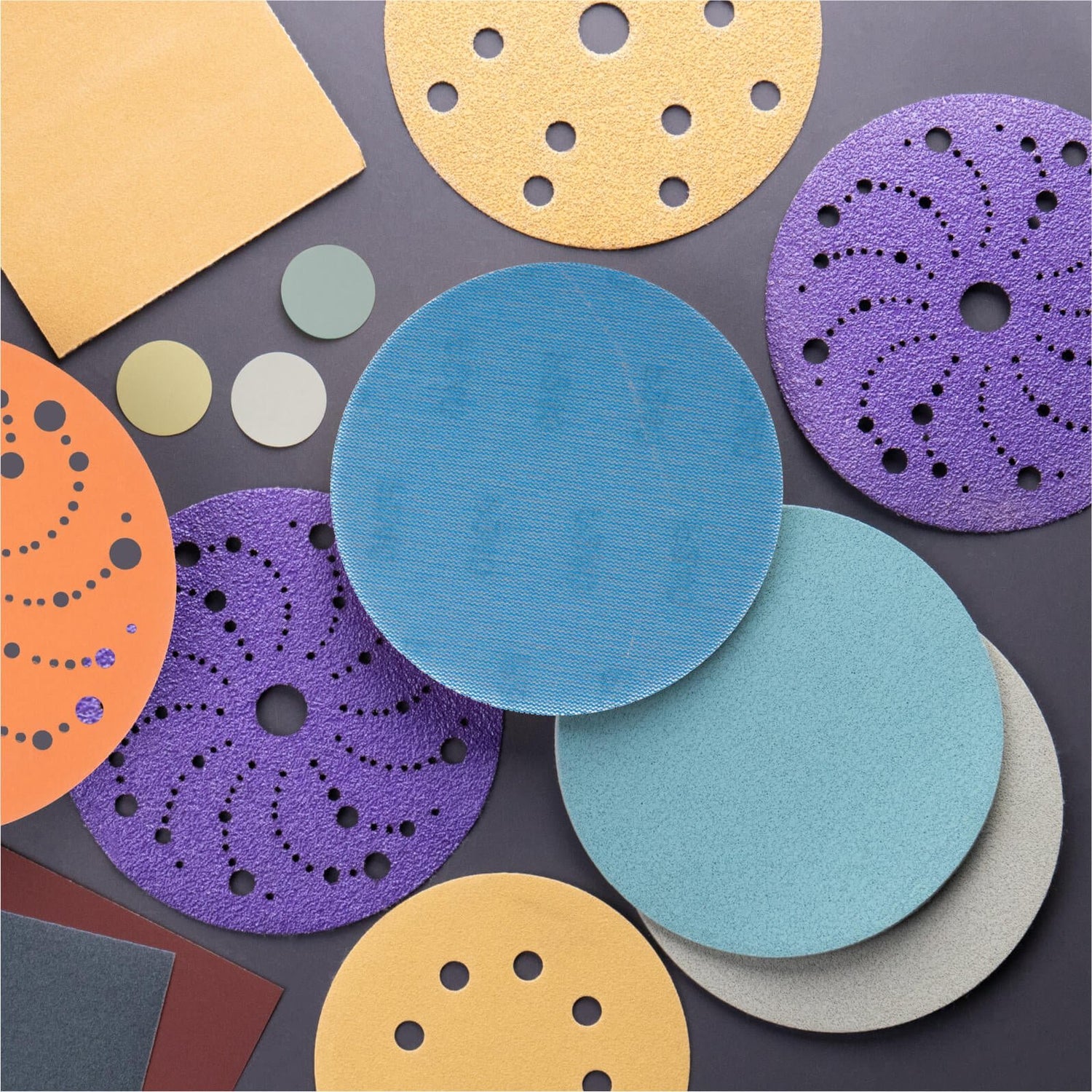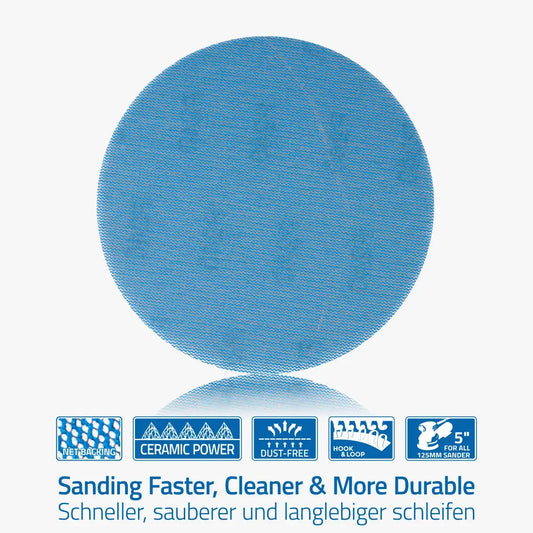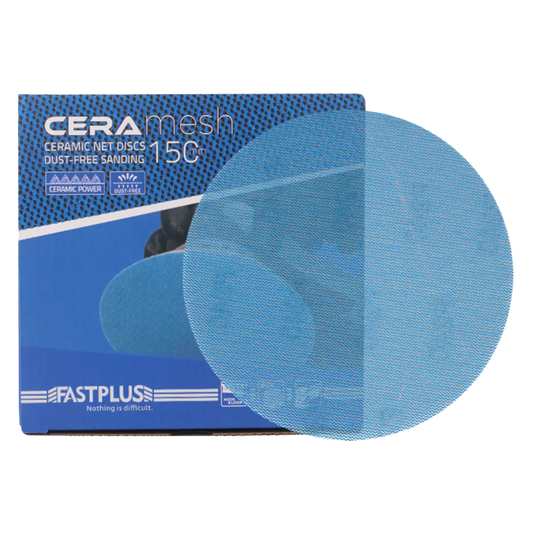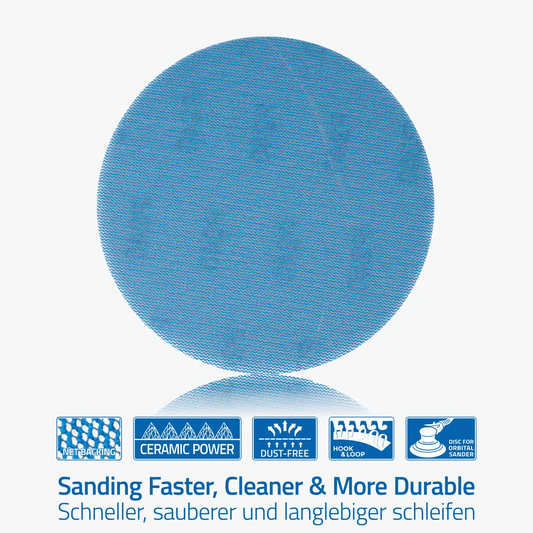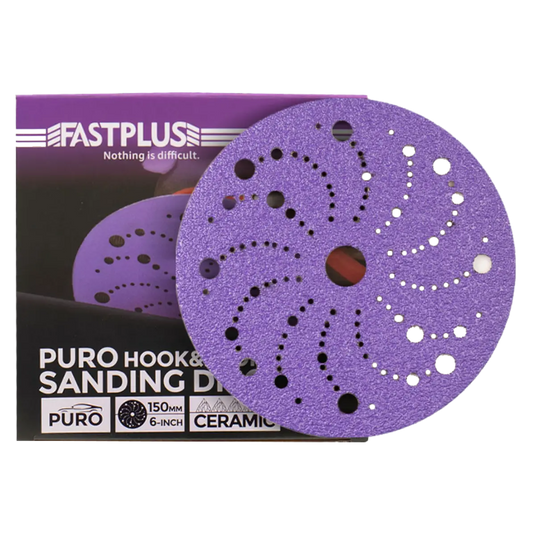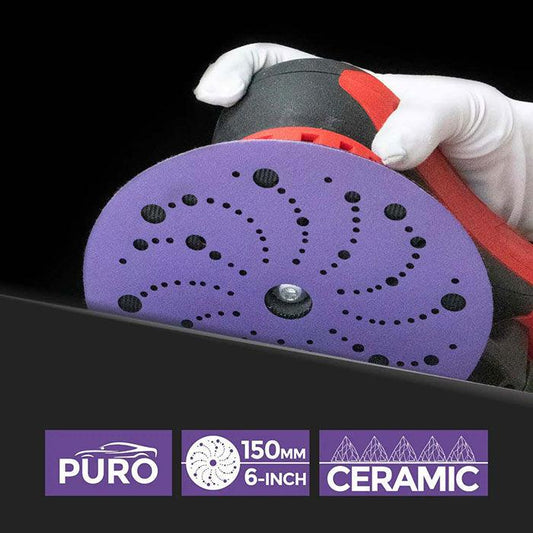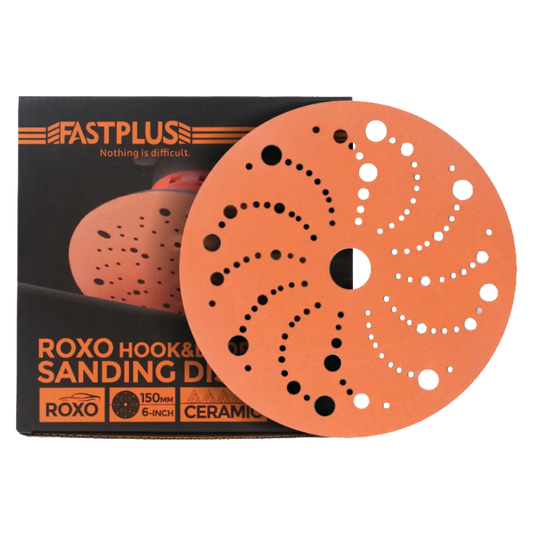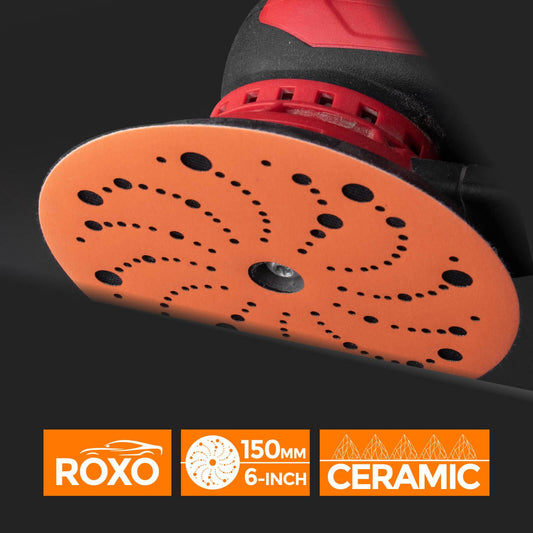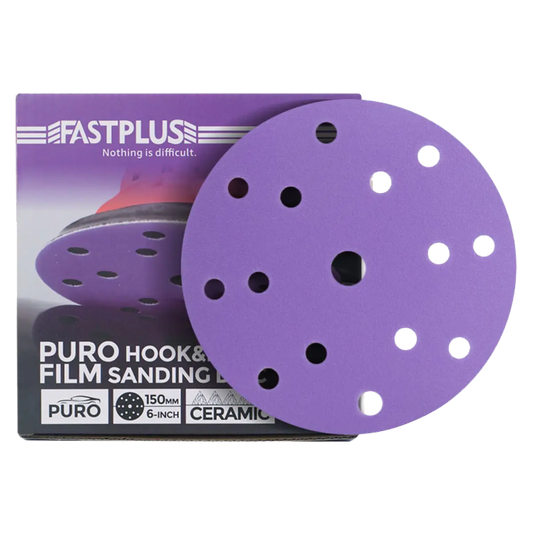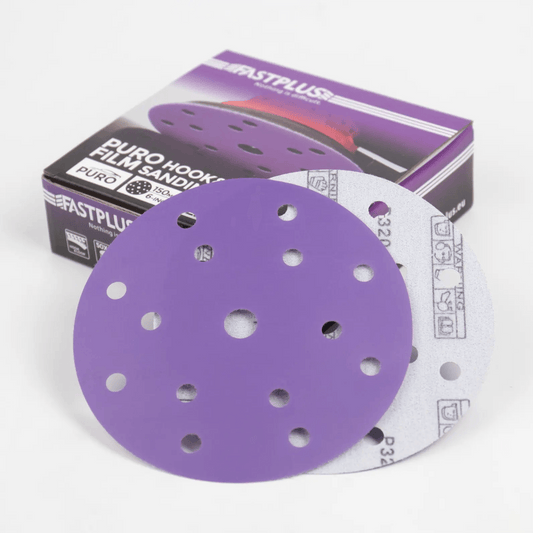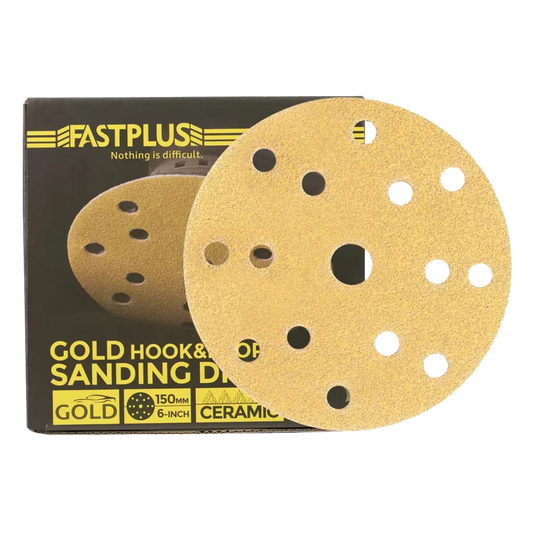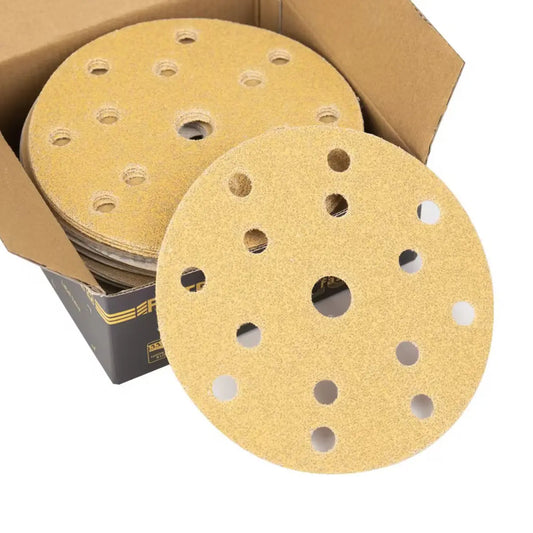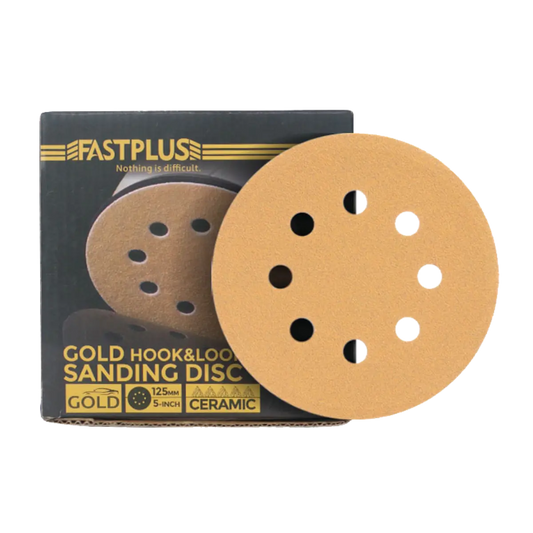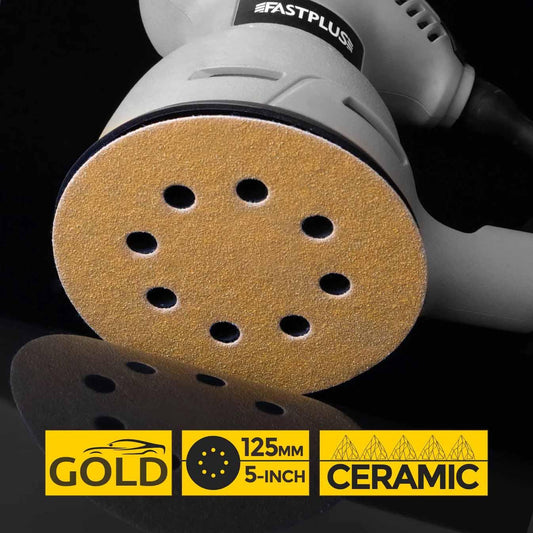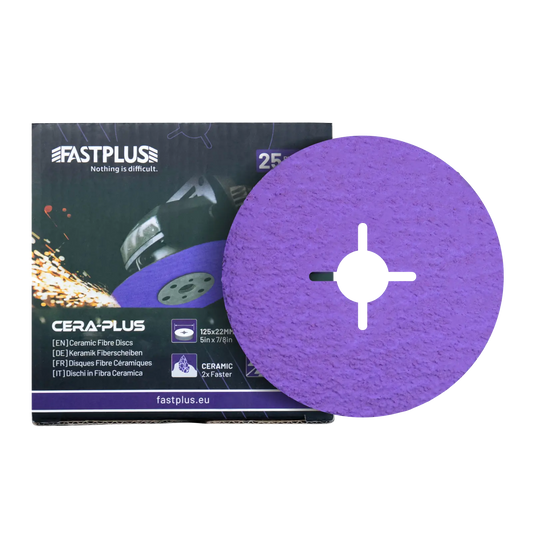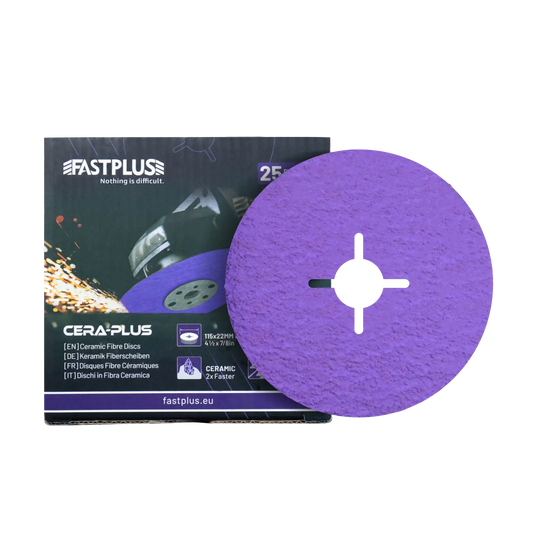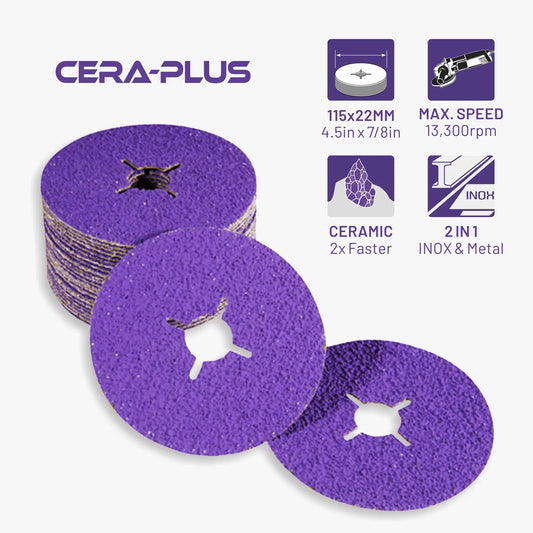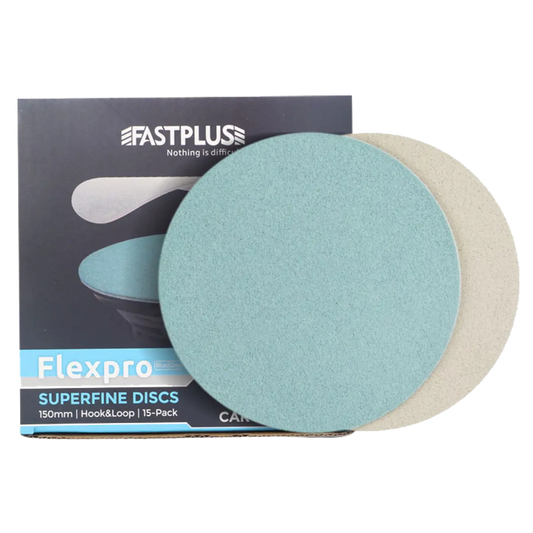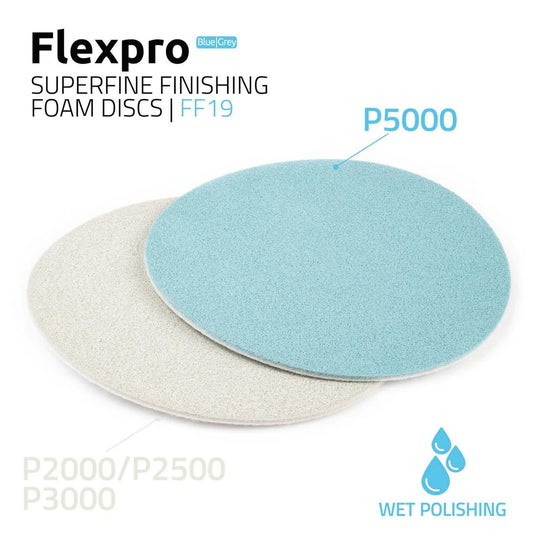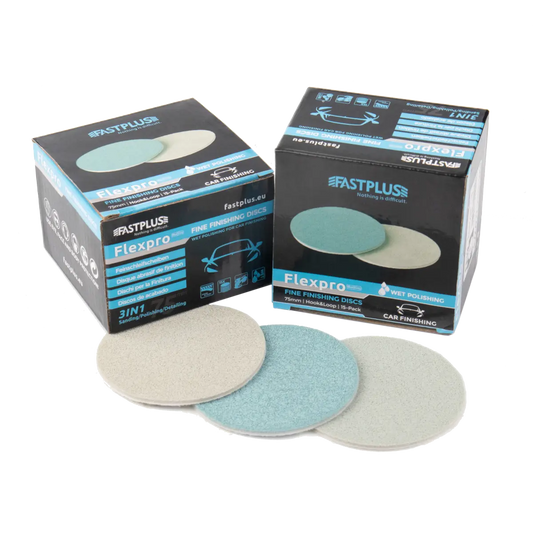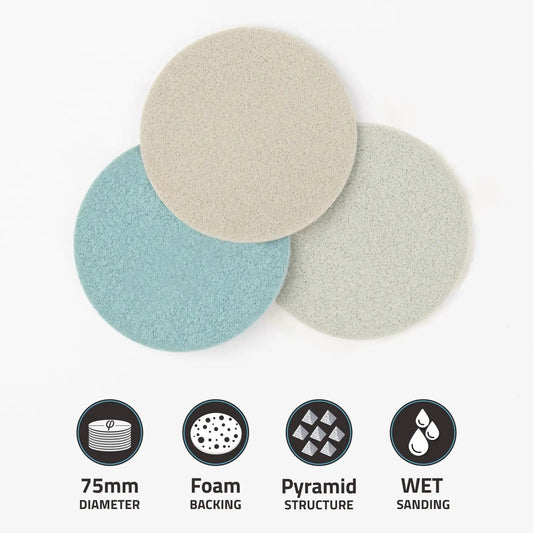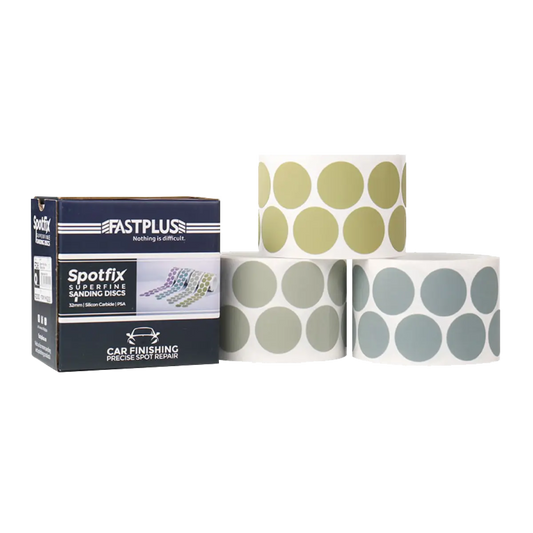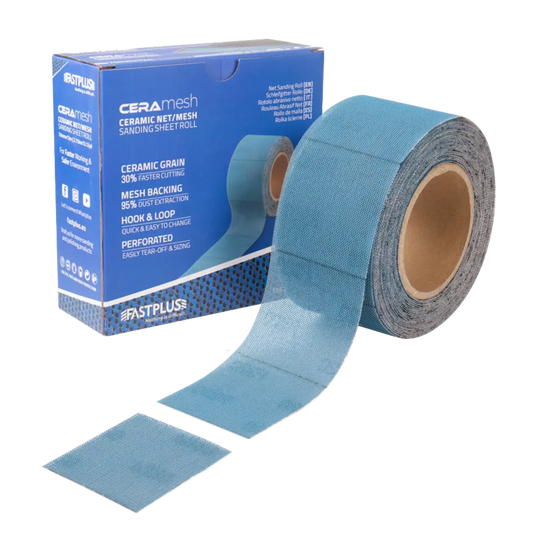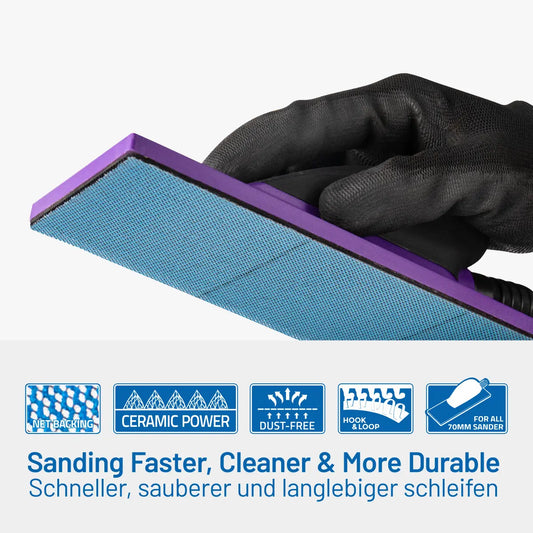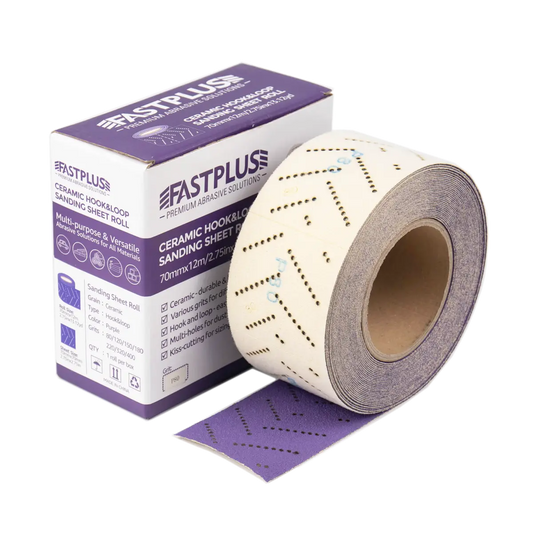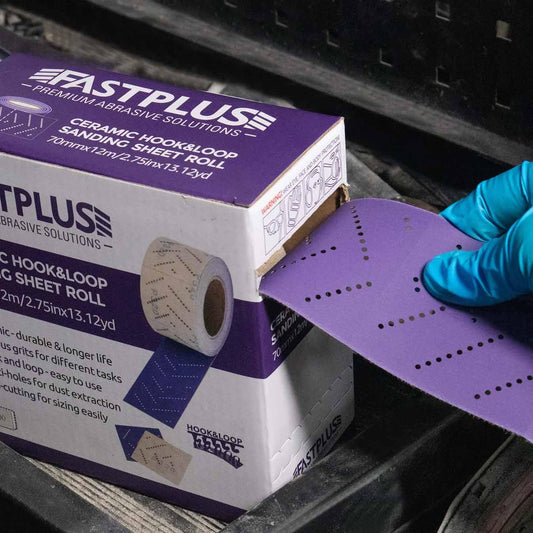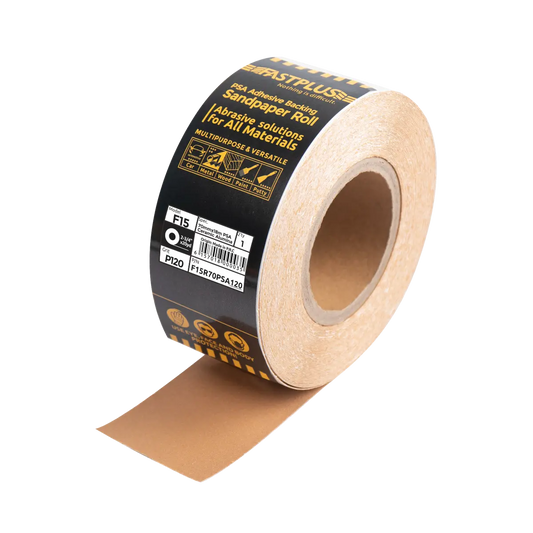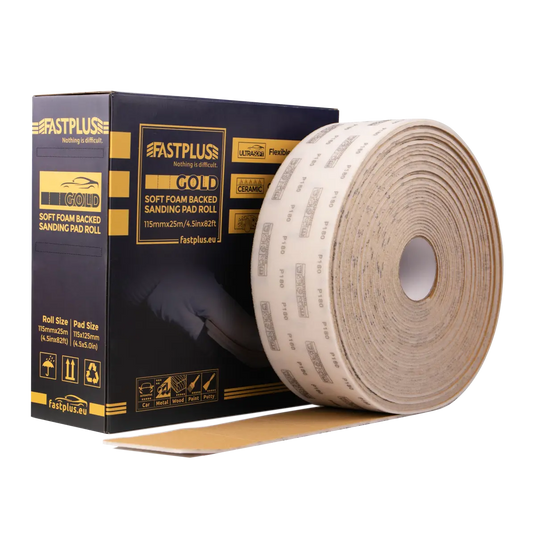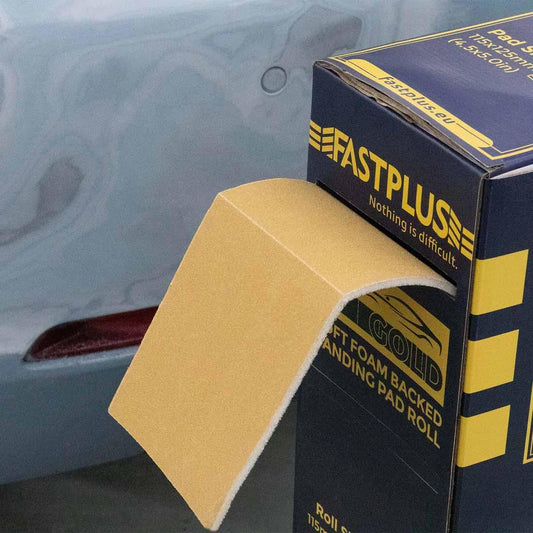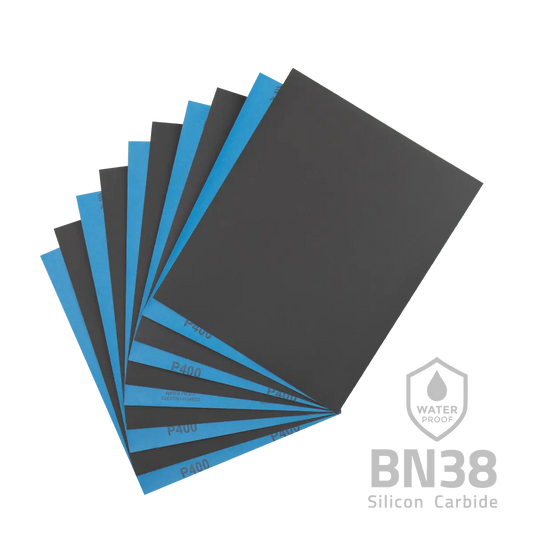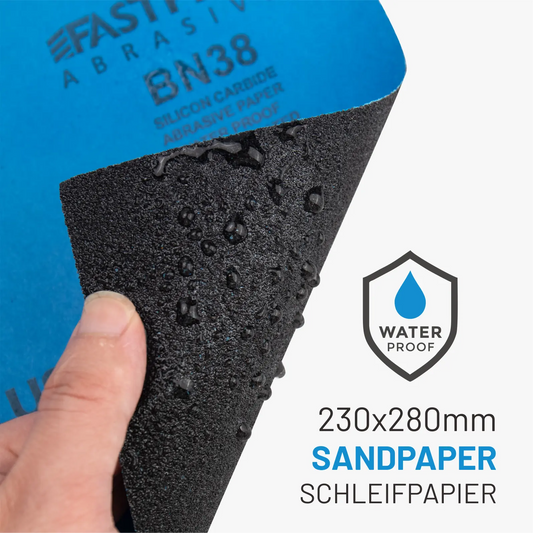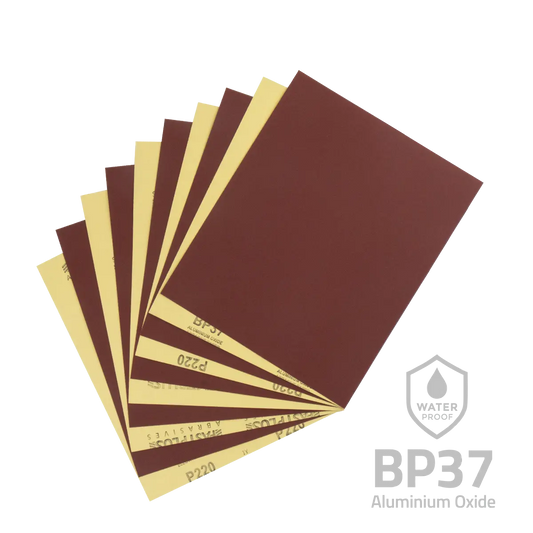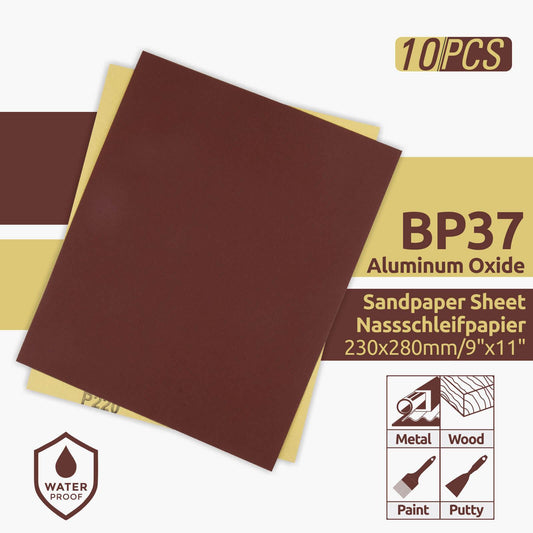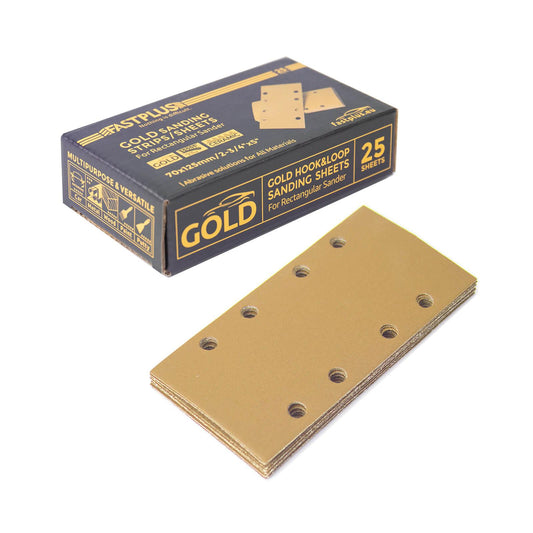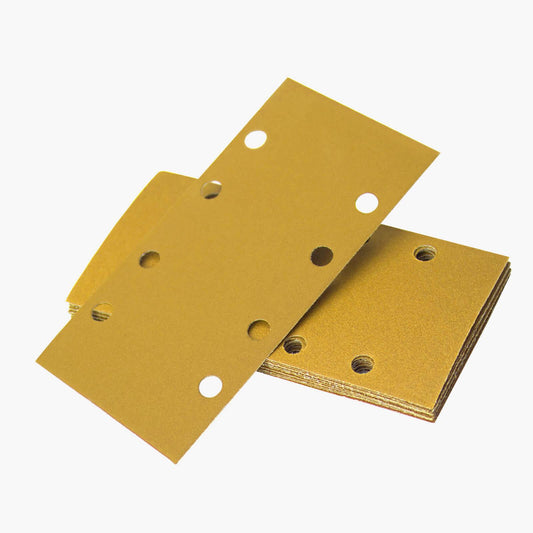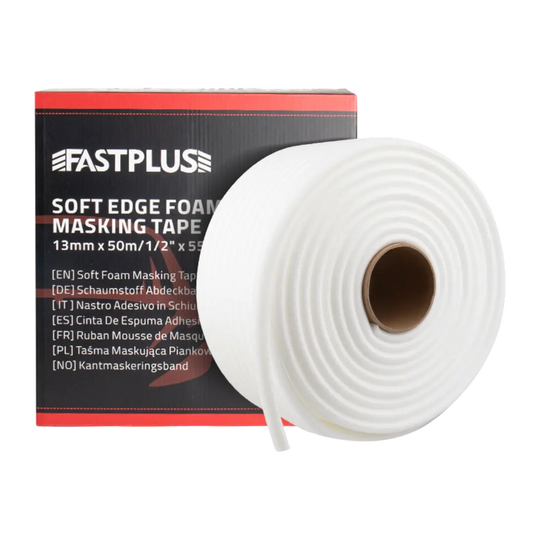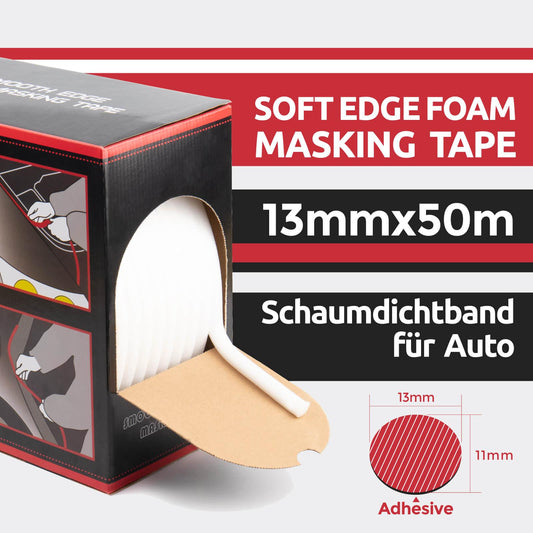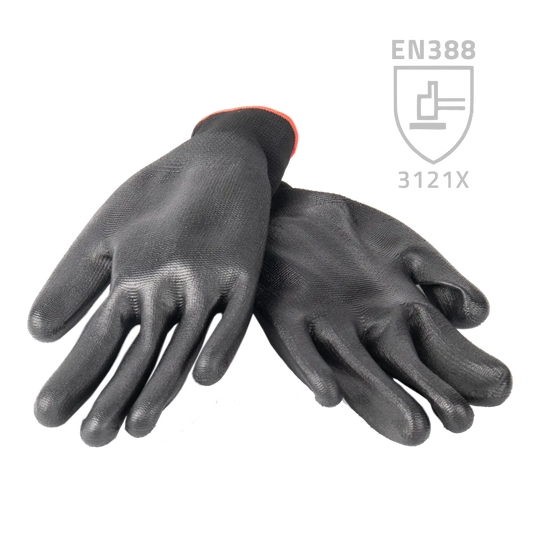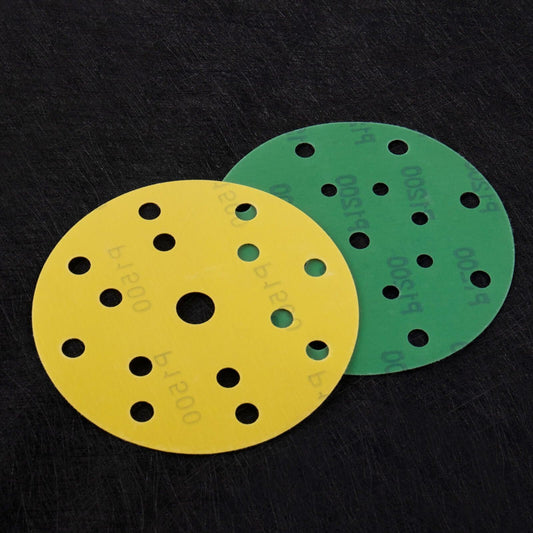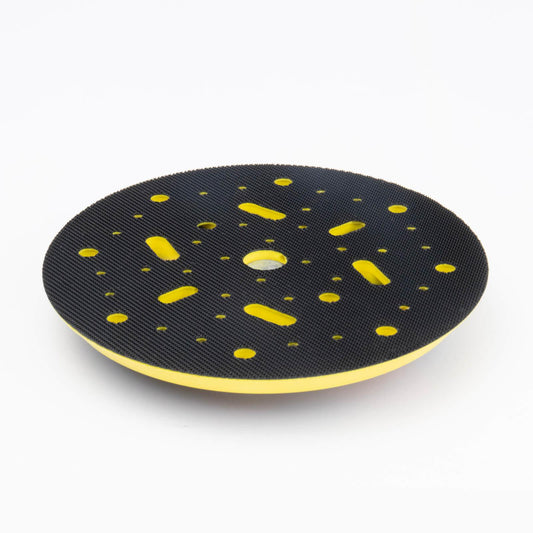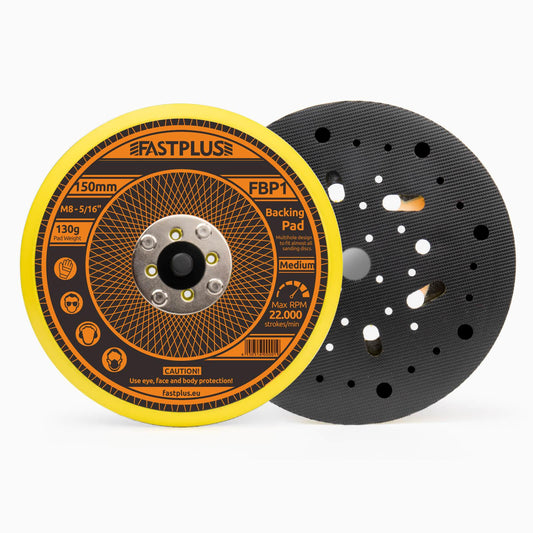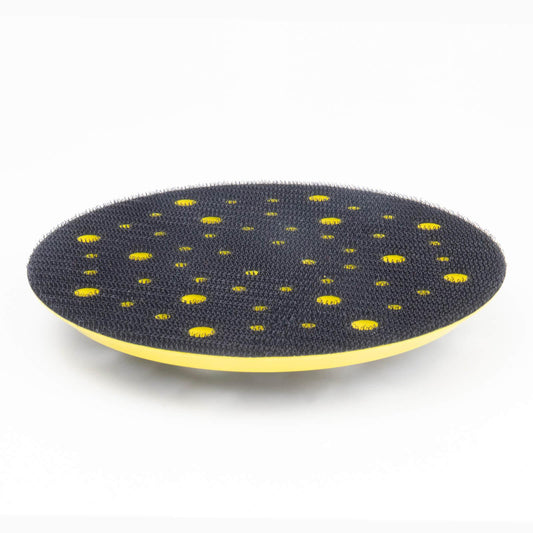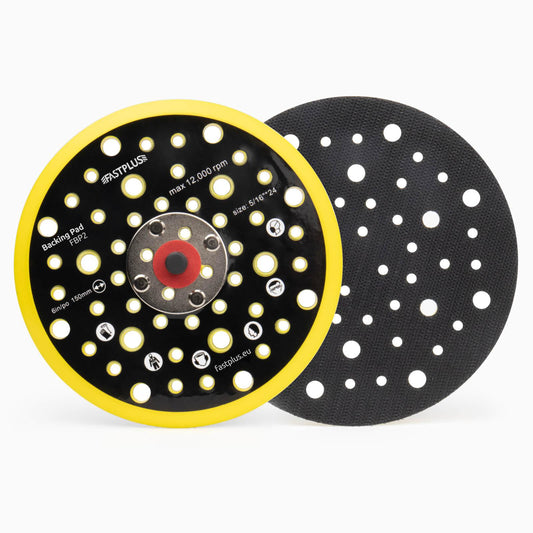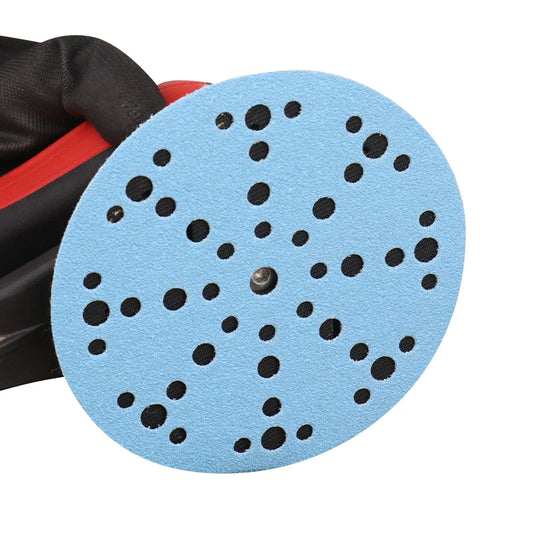
Sanding Smarter, Not Harder: Pro Tips for Maximizing the Life of Your Sandpaper
Sandpaper is a valuable tool for those looking to learn how to fix car paint, as well as for professionals in industries such as construction, woodworking, and automotive maintenance. It helps to achieve a smooth and polished finish on surfaces. Nevertheless, sandpaper can deteriorate quickly, leading to time, money, and effort wastage. Several factors like inadequate storage, improper usage, and clogging can shorten the life of sandpaper.
This blog aims to emphasize the significance of extending the life of sandpaper while identifying the most common factors that curtail it. In addition, it will offer valuable tips and techniques on how to prolong the life of sandpaper, enabling you to maximize your investment.
Evaluating the Durability of Different Types of Sandpaper
The durability of sandpaper can be influenced by various factors such as the quality of the abrasive material, the strength of the backing material, and the product design. Here are some ways to evaluate the durability of different types of sandpaper:
Check the abrasive material: The abrasive material is a crucial element of the hook and loop sandpaper responsible for cutting or sanding. It's vital to inspect sandpapers that incorporate high-quality abrasive materials such as aluminum oxide, zirconia alumina, or silicon carbide. These materials are known for their toughness and durability.
Inspect the backing material: The backing material is part of sandpaper that supports the abrasive material. It is important to choose a backing material that is strong and tear-resistant, such as cloth or paper. Avoid sandpapers with weak or flimsy backing materials as they can quickly wear out or tear during use.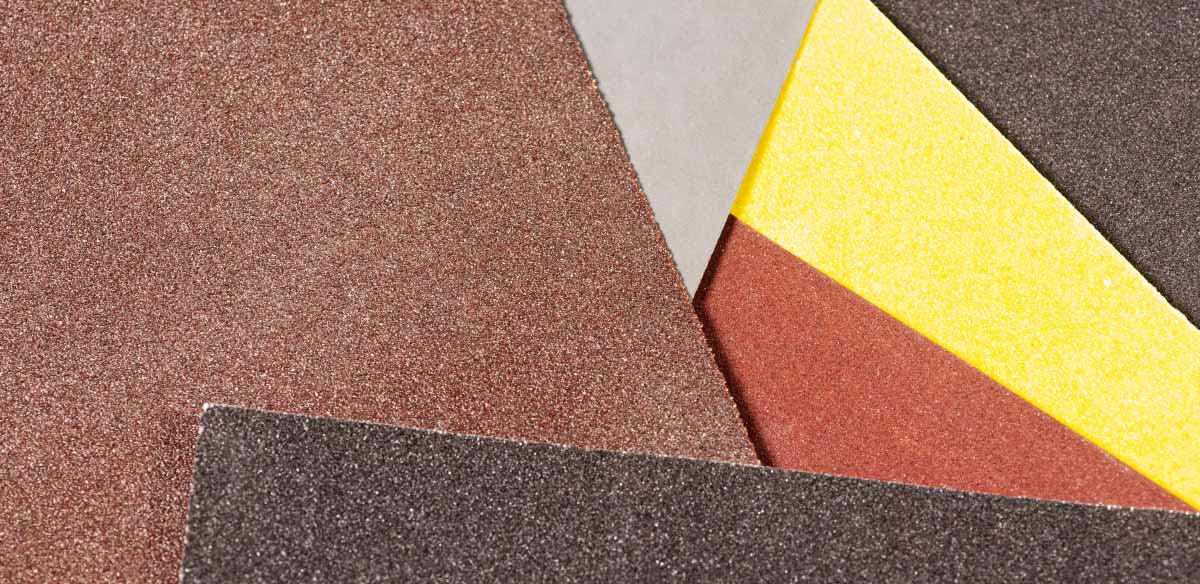
Look at the design: Some sandpapers are designed with special features that enhance their durability. For example, some sandpapers have a stearate coating that prevents clogging and extends the life of the abrasive material. Others such as wet dry sandpaper have a waterproof backing that resists tearing and can be used for wet sanding.
Proper Sanding Technique
The last thing any DIY enthusiast or professional wants is to have their sandpaper wear out quickly, resulting in wasted time and money. In this section, we’d like to explore some techniques for reducing the amount of pressure on the sandpaper, the proper use of sanding blocks and Binictools, and strategies for minimizing heat buildup during sanding.
Techniques for reducing the amount of pressure on the sandpaper
One of the ways to extend the life of sandpaper is to reduce the amount of pressure applied during sanding. To achieve this, it is essential to use a light touch and allow the sandpaper to do the work rather than pushing down with excessive force. This can be done by using sanding blocks or sanding tools with a lighter grip to evenly distribute the pressure across the surface being sanded. By minimizing the amount of pressure, the sandpaper is less likely to clog, and it can last longer, leading to a more effective sanding process.
Proper use of sanding blocks and tools
Selecting the right sanding tool such as sanding sheet rolls, requires considering multiple factors, including the size and shape of the surface that needs sanding and the type of sandpaper in use. For larger areas, a power sander may be a suitable option, while a sanding block or hand sander may be more effective for smaller or intricate surfaces. The tool should be comfortable to grip and allow for precise control.
Minimizing heat buildup during sanding
To minimize heat buildup during sanding, it is recommended to use a light touch and take frequent breaks to allow the surface and sandpaper to cool down. Choosing the right sandpaper grit and backing material for the job can also reduce heat buildup. Additionally, using a sanding lubricant or water can help to keep the surface and sandpaper cool. It is also important to keep the sandpaper clean and free of debris to prevent clogging, which can contribute to heat buildup.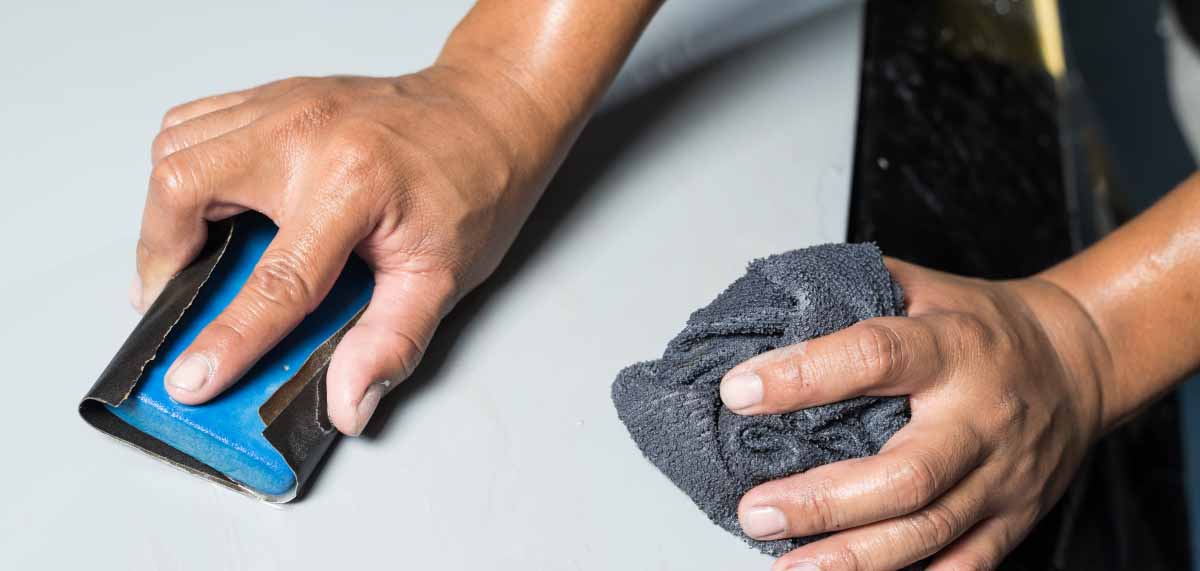
Cleaning and Maintenance
Regular cleaning and maintenance can prevent the build-up of debris and clogging, ensuring that the sandpaper remains efficient and effective. Moreover, proper storage and handling practices can further enhance the durability of the sandpaper.
Using cleaning solutions and brushes
Gather the necessary materials such as the cleaning solution, a container, and a stiff-bristled brush or cleaning stick. Pour the cleaning solution into the container and dip the fine sandpaper into the solution. Allow the sandpaper to soak for a few minutes, then scrub the surface using a circular motion. Note that not all sandpapers can be cleaned this way, so check the manufacturer's instructions.
Removing debris and buildup from the sandpaper
During sanding, debris and buildup can accumulate on the sandpaper for metal, causing it to lose effectiveness. You can remove this debris and buildup by tapping the sandpaper against a hard surface or using a stiff-bristled brush or cleaning stick designed for sandpaper.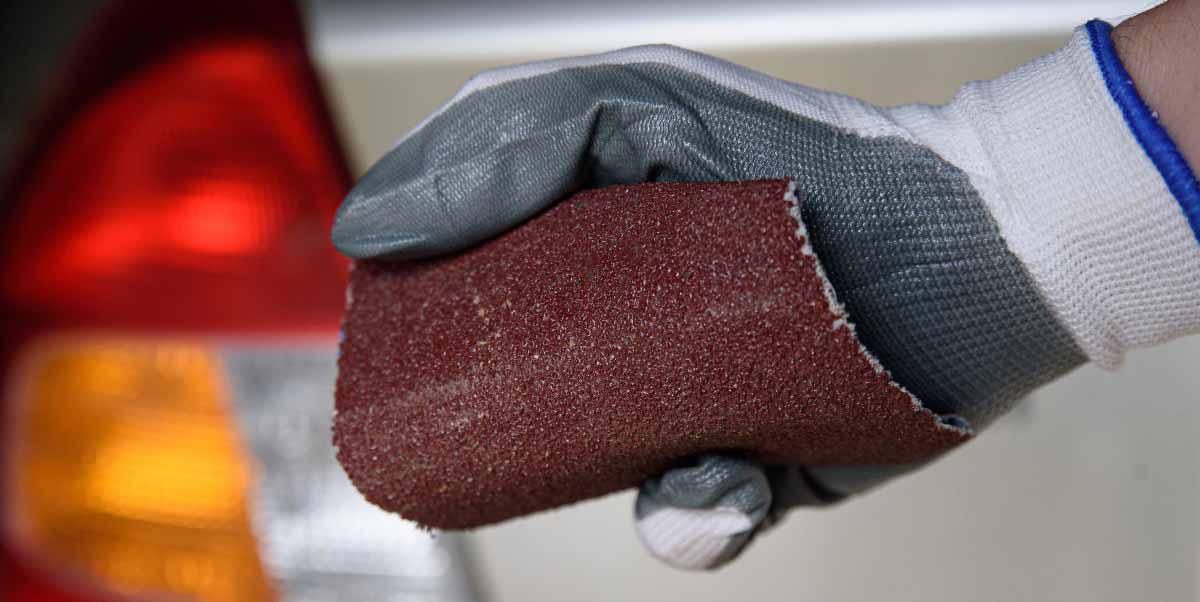
Proper storage techniques to prevent damage or contamination
Keep sanding discs in a dry and cool environment, away from direct sunlight or moisture. Sandpaper should be stored flat or hung vertically, with the grit size and type clearly labeled. It is also important to keep sandpaper away from contaminants such as dust or oil, which can affect its performance. Some people prefer to store sandpaper in plastic sleeves or resealable bags to prevent damage or contamination.
Conclusion
To ensure that you get the most out of your sandpaper, it is important to take proper care of it. This includes removing debris and buildup during sanding, using sandpaper cleaning solutions when necessary, and storing it properly to prevent damage or contamination. With these tips in mind, you can maximize the efficiency and effectiveness of your sandpaper.
Buy Fastplus Factory-Direct Abrasives
Want to purchase high-quality, factory-direct sanding discs, sanding rolls, and film abrasive discs for automotive applications? Try Fastplus Abrasives today and place your orders online!
